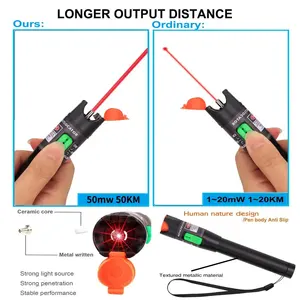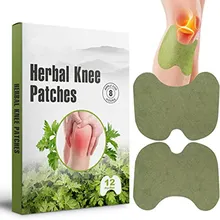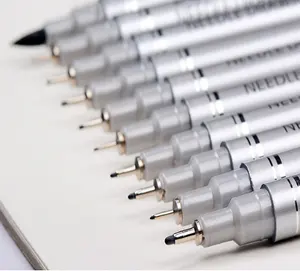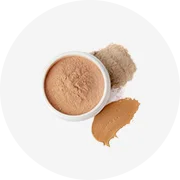
Tipo de tinta permanente Sneaker Pen y papel de escritura Medium 10 Chiesl Sharpie Marker Pen Shoe Graffiti Sneaker Midsol Pen

120 colores únicos, marcador de Arte de Punta doble Flexible, punta de cepillo de nailon, pluma de línea de gancho, pluma de pincel de acuarela


Rotulador permanente de punta fina no tóxico, rotulador de Arte de pintura con Alcohol de doble punta con bolsa y Base de cinturón de tela


Rotuladores borrables de colores, rotuladores personalizados, rotuladores de borrado en seco de arte, rotuladores de tiza líquida para ventanas de vidrio


Venta caliente 168 colores doble punta Alcohol Graffiti marcador artista pintura permanente pincel marcadores pluma conjunto


Lápiz láser compacto fácil de usar, mantenimiento de red simplificado y resolución de problemas, localizador visual de fallas de fibra óptica
Listo para enviar























 浙公网安备 33010002000092号
浙公网安备 33010002000092号 浙B2-20120091-4
浙B2-20120091-4